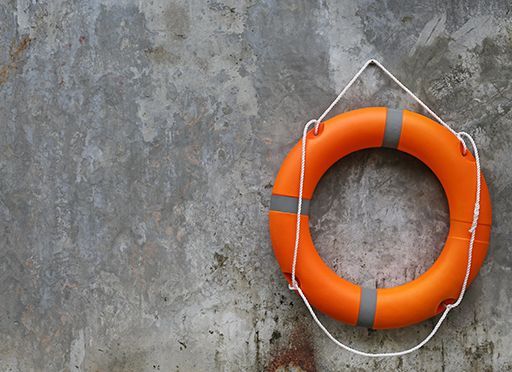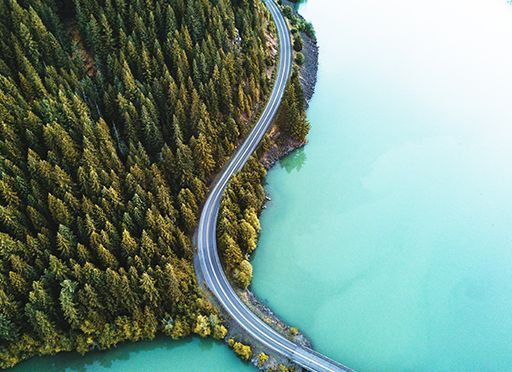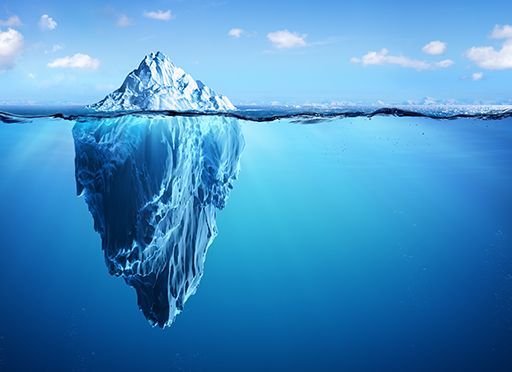John Vaillant puts you in the midst of Canada’s cataclysmic 2016 Fort McMurray Fire.

Anything Can Burn
John Vaillant – who also wrote The Golden Spruce – describes the disastrous, uncontrollable Fort McMurray, Alberta, Canada wildfire as a dire foreshadowing of what the future may hold. The 2016 fire destroyed more than 2,500 homes and released millions of tons of carbon dioxide into the atmosphere. The town’s leaders were unprepared for a fire of this magnitude, and their responses may well have increased the fire’s damage.
“Fire Weather”
Fire is made up of oxygen, heat, and fuel. It needs a way to start – an ignition spot. Anything hotter than 451oF (233oC) – a discarded match or a bolt of lightning – can start a fire.Objects – trees or houses, for example – don’t burn; the gasses they emit do. At a sufficiently high temperature, anything can burn.
If we have a superpower – besides our brains and thumbs and speech – it is fire. Without its light and explosive, directable energy, we would not be who or what we are today.John Vaillant
Wildfires can move slowly and erupt suddenly, as variable winds blow them in different directions. The tiniest spark can ignite wildfires that leap roads, firebreaks, and rivers and change direction in a flash. Cities experience tremendous crisis management difficulties preparing for and responding to wildfires.
At the end of April 2016, people in Fort McMurray could see smoke from numerous wildfires. This was no more unusual than winter blizzards or summer thunderstorms. But one fire doubled in size, then doubled again, even as firefighters worked to suppress it. Officials cleared people from outlying neighborhoods.
On the first day of the McMurray fire, the weather forecast was perfect for wildfire. The people in the fire department in the nearby town of Slave Lake understood the dangers facing Fort McMurray. Slave Lake’s officials were eager to provide strategic expertise. In 2011, a raging wildfire spurred by 80mph winds, incinerated nearly half of the town in hours. It decimated almost 3,000 square miles of forest and burned so hot – reportedly 1,652oF (900oC) – it melted metal and incinerated concrete. A similar, apocalyptic fire was heading for Fort McMurray, yet its municipal leaders did not heed advice from the veterans of the Slave Lake fire.
When high winds and dry fuel drive a fire, it climbs into trees’ crowns and moves faster and faster, creating its own propelling wind. Drawing oxygen from below and ahead, a crown fire no longer depends on fuel as it hurls embers forward to create more fires. By the end of its second day, the Fort McMurray fire crossed the Athabasca River and came within reach of the city.
By the fire’s third day, Fort McMurray’s leaders, including the municipal fire chief and the wildfire manager, still lacked a coherent plan; the fire’s ferocity was beyond their experience. Forecasts predicted a temperature of 15oF above normal and 15% relative humidity – more like a Death Valley summer day than a Fort McMurray spring afternoon. Precise measurements of flammability – the Fine Fuels Moisture Code, the Duff Moisture Code (which “rates the flammability of compacted organic matter”), and the Fire Weather Index – were all off the charts.
No Precedents
People who recognized the fire’s catastrophic nature didn’t know what to do. No precedent existed. No general alarm had sounded. Lacking guidance, the citizens kept to their daily routines. Those trying to provide advisories on local radio stations and social media could not keep up with the wildfire or with the activities of people trying to fight it. So their advisories unfortunately ran well behind the facts on the ground.
The disconnect between the reality of this fire – its objective potential based on the physics and chemistry in play that day – and the leadership’s estimation of it had less to do with information or attitude than with vision.John Vaillant
Fort McMurray’s residents learned that a fire was engulfing their city only from alarms raised by their neighbors and their own terrifying observations.There was no one they could turn to for guidance – events were moving too fast.
Being downwind of an extreme boreal wildfire as its kilotons of energy create near gale-force internal winds can be traumatic. By this fire’s second afternoon, tens of thousands of people were downwind of it. Abruptly, while pursuing their daily lives, they recognized the scope of the disaster threatening them. By 2:30 pm, officials issued mandatory evacuation orders – some broadcast over elementary schools’ PA systems.
The Fort McMurray suburbs and similar North American towns are “WUI,” or “wildland-urban interface,” transition zones between boreal forest and built environments. Nearly a third of American and half of Canadian homes stand in WUI areas. These regions are perfect for wildfires, which gather fuel from forests and from the manufactured environment’s houses, cars, and fuel tanks.
Fort McMurray’s suburban buildings did not adhere to crucial wildfire cautions: surrounding houses with cleared land and using tin or slate roofs, not wooden shingles. People exiting from some of Fort McMurray’s flammable neighborhoods had only one tree-lined road available.
That road became a nightmarish mix of evacuees and fire and rescue vehicles, with Royal Canadian Mounted Police officers searching house to house. The scorching wind, dense smoke, 100-foot flames, and deafening roar terrified residents.When the firefighters arrived, they could barely see the houses or hear anything – and the heat was unbearable.
“Force of Nature”
As the Fort McMurray fire generated incredible heat and sent embers flying everywhere, houses became just another fuel source, clad in highly flammable petroleum products, such as vinyl siding and windows and wood infused with glues and resins.
A fire-borne thunderhead, known as a “pyrocumulonimbus cloud or pyroCB,” formed, reaching up to the stratosphere. Perfect fire weather, high wind, and abundant natural and manmade fuel sent burning embers airborne, amid lightning, into the towering cloud. It became a self-sustaining regional force. The fire would burn as long as it had fuel.
A gripping, fascinating read
John Vaillant’s in-depth reporting, compassion, and profound understanding of the dynamics, physics, and history of massive wildfires make this a gripping, fascinating read. His account is so thrilling you might almost forget the terrible damage being wrought. Vaillant does not spare Fort McMurray’s leaders for their destructive passivity, but he also finds many people to praise and single out as heroes. Vaillant’s underlying theme is the increasing impact of climate change and how its effects will continue to drive worsening weather and fire events. The New York Times rightfully named this one of 2023’s Ten Best Books.











